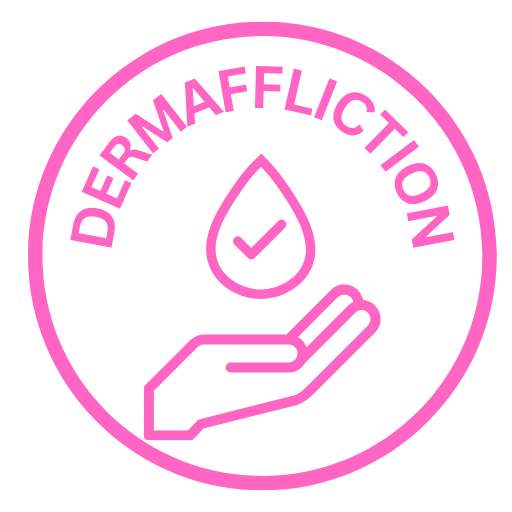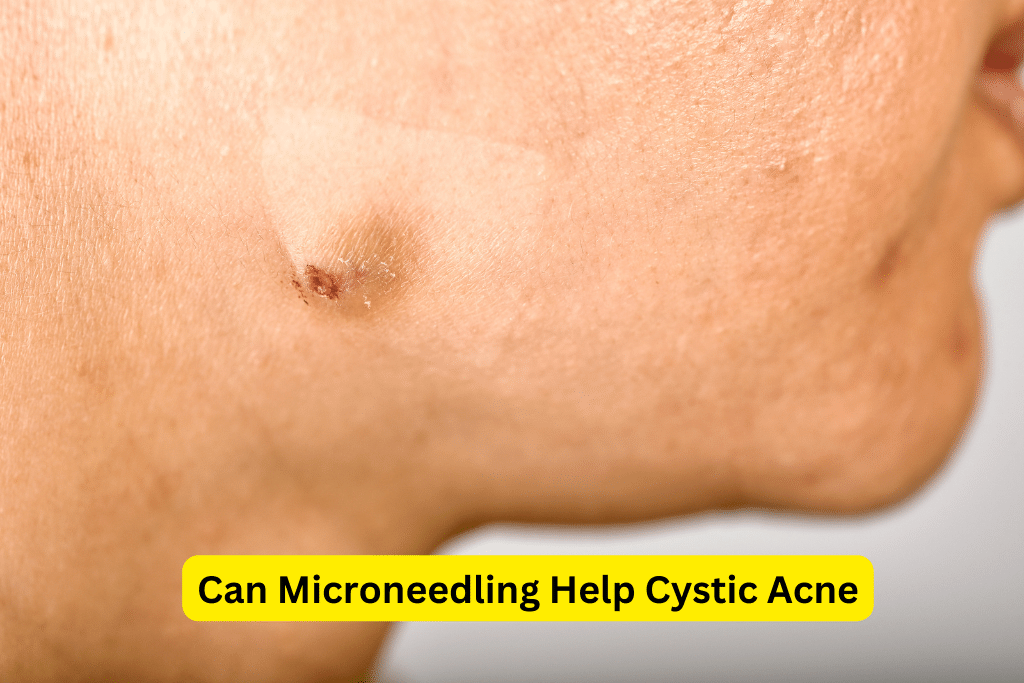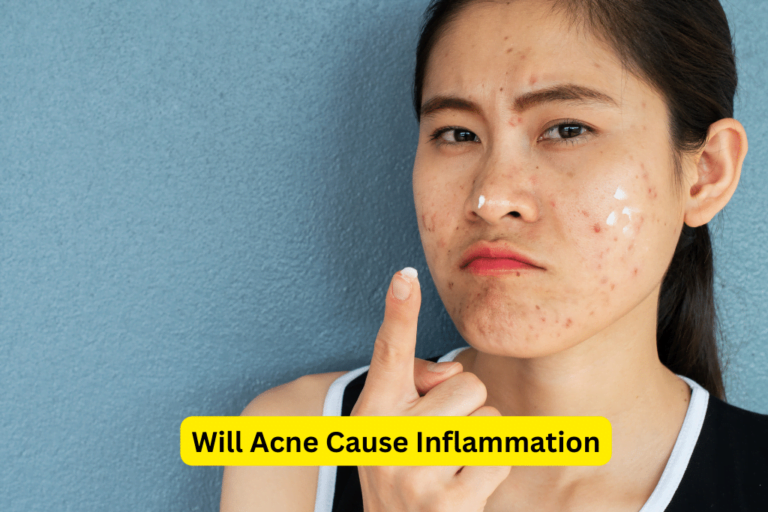Discover the Benefits of Microneedling for Cystic Acne: Achieve Clear, Smooth Skin
Can Microneedling Help Cystic Acne
Cystic acne is a severe form of acne that affects many individuals, causing painful, inflamed cysts and deep, persistent breakouts. It can have a significant impact on a person’s self-esteem and quality of life. Finding effective treatment options is essential in order to manage and minimize the symptoms of cystic acne.
In recent years, a cosmetic procedure known as microneedling has gained popularity for its potential to improve various skin concerns, including acne scars and active cystic acne. This innovative treatment involves using a device with tiny needles to create controlled micro-injuries on the skin’s surface. In this comprehensive guide, we will explore the potential benefits of microneedling specifically for cystic acne, how it works, its effectiveness, possible side effects, and what to expect during treatment.
What is Microneedling?
Microneedling, also known as collagen induction therapy, is a cosmetic procedure that involves puncturing the skin with small, sterile needles to stimulate collagen production and enhance skin rejuvenation. By creating controlled micro-injuries, microneedling prompts the body’s natural healing process, resulting in improved skin texture and appearance. It is a versatile treatment that can address various skin concerns, including acne scars, fine lines, wrinkles, hyperpigmentation, and enlarged pores.
In recent years, microneedling has gained popularity due to its effectiveness and minimal downtime. The procedure can be performed by a dermatologist or a trained aesthetician using a handheld device with fine needles. The depth of the needles can be adjusted based on the specific skin concern being treated, making microneedling a customizable treatment option.
Microneedling for Acne Scars
One of the key benefits of microneedling is its potential to improve the appearance of acne scars. Acne scars are often challenging to treat, and they can be a source of emotional distress for individuals with cystic acne. Microneedling works by stimulating collagen production, which helps to plump and smooth out the skin, reducing the appearance of acne scars.
During the microneedling procedure, the tiny needles create micro-channels in the skin, which triggers the body’s natural healing response. This response involves the production of new collagen and elastin fibers, helping to remodel the skin and diminish the appearance of acne scars over time. Multiple sessions of microneedling may be required to achieve desired results, and it is important to follow a personalized treatment plan recommended by a dermatologist or aesthetician.
Microneedling for Active Cystic Acne
In addition to addressing acne scars, microneedling may also have benefits for individuals with active cystic acne. Cystic acne is characterized by deep, painful cysts that are often filled with pus and can cause significant inflammation. Microneedling can help reduce inflammation and pustules by creating micro-channels that allow topical acne medications to penetrate deeper into the skin.
By enhancing the absorption of acne medications, microneedling can potentially improve the effectiveness of topical treatments for active cystic acne. However, it is essential to consult a dermatologist before undergoing microneedling to determine if it is suitable for your specific skin condition and to ensure proper aftercare.
Effectiveness of Microneedling for Cystic Acne
Scientific studies and research have shown promising results regarding the effectiveness of microneedling in treating cystic acne. While more research is ongoing, many individuals have reported significant improvements in their skin’s appearance and reduction in both active cystic acne and acne scarring after undergoing microneedling treatments.
Success stories from individuals who have undergone microneedling for cystic acne often highlight the noticeable reduction in inflammation, redness, and overall improvement in skin texture. However, it is important to note that the effectiveness of microneedling may vary from person to person, and results may take time to become evident.
Side Effects and Risks
Like any cosmetic procedure, microneedling carries potential side effects and risks. The most common side effects include temporary redness and swelling immediately after the treatment, which usually subsides within a few days. Additionally, there is a slight risk of infection and scarring if proper aftercare instructions are not followed or if the procedure is performed by an inexperienced practitioner.
It is important to seek professional assistance from a dermatologist or reputable aesthetician who has experience in performing microneedling procedures. They will ensure the procedure is performed safely and provide you with detailed aftercare instructions to minimize the risk of complications.
What to Expect During Microneedling Treatment
Prior to the microneedling treatment, a dermatologist or aesthetician will thoroughly clean and prepare your skin. They may also apply a topical numbing agent to minimize any discomfort during the procedure. Once the skin is prepared, the handheld microneedling device will be carefully passed over the treatment area, creating controlled micro-injuries. The depth and intensity of the treatment will be determined based on your specific skin concerns and the skincare professional’s assessment.
The actual treatment duration can vary depending on the size of the treatment area, but it typically takes around 30 minutes to an hour to complete a full face treatment. After the procedure, a soothing serum or moisturizer may be applied to aid in the healing process and minimize any potential post-treatment redness or irritation.
Aftercare and Recovery
Following microneedling treatments, it is essential to follow proper aftercare instructions to optimize your results and ensure a smooth recovery. Here are some general aftercare guidelines:
- Avoid using harsh skincare products, exfoliants, or strong acids for a few days.
- Protect your skin from the sun by using a broad-spectrum sunscreen with a high SPF.
- Avoid excessive sweating and intense physical activity for a few days post-treatment.
- Keep the treated area clean and avoid touching or picking at it.
- Moisturize your skin regularly to promote healing and hydration.
- Follow any additional guidelines provided by your dermatologist or aesthetician.
It is normal to experience some temporary redness, slight swelling, and sensitivity immediately following the treatment. These side effects usually subside within a few days, but it is important to be patient and allow your skin to heal properly.
Conclusion
Microneedling offers potential benefits for individuals with cystic acne, addressing both acne scars and active breakouts. This innovative procedure stimulates collagen production, leading to improved skin texture, reduced inflammation, and a decrease in acne scarring. With proper guidance from a dermatologist or aesthetician, microneedling can be a valuable addition to a comprehensive treatment plan for cystic acne.
If you are considering microneedling for cystic acne, it is important to consult with a dermatologist who can assess your specific skin condition and provide personalized advice. Remember, addressing cystic acne requires a holistic approach that includes proper skincare, a healthy lifestyle, and professional guidance. With the right treatment plan, you can achieve clearer, smoother skin and regain your confidence.









